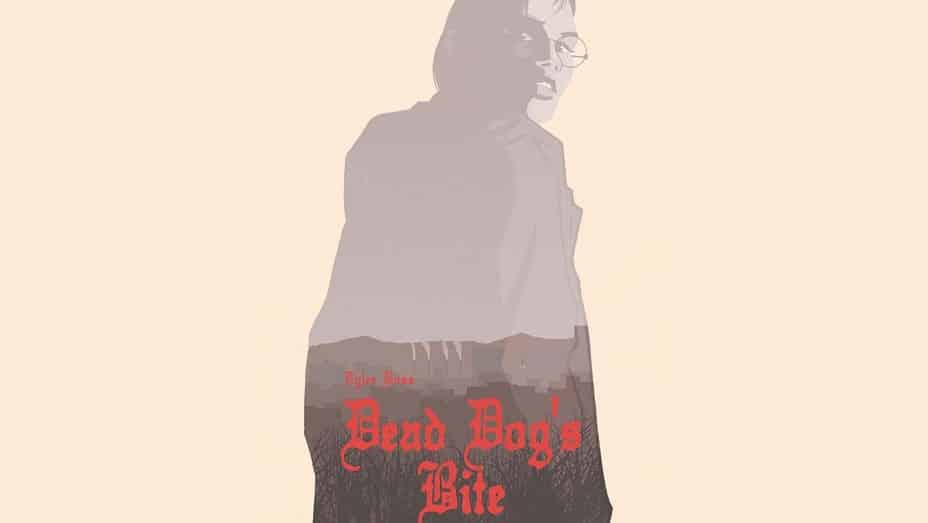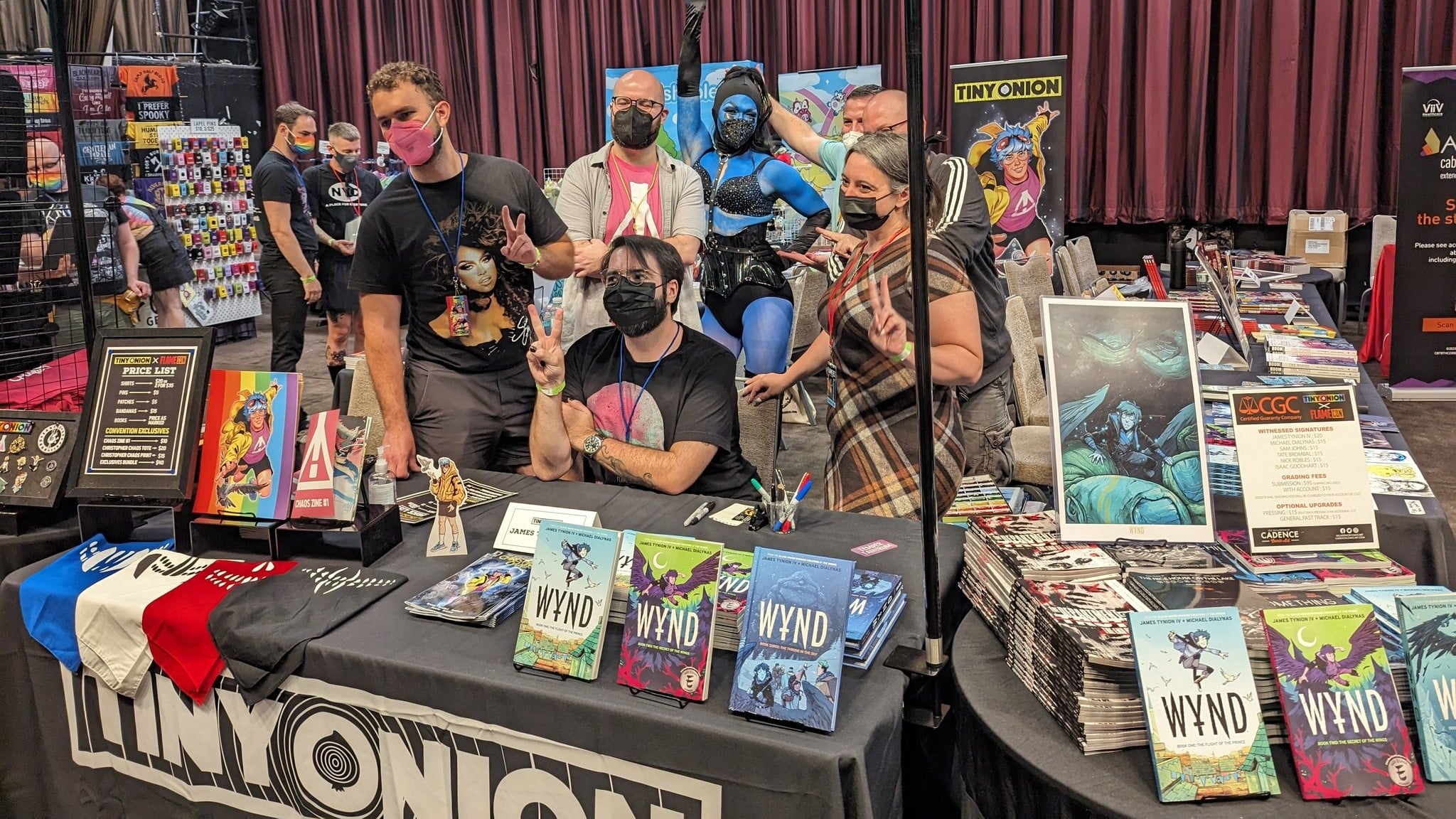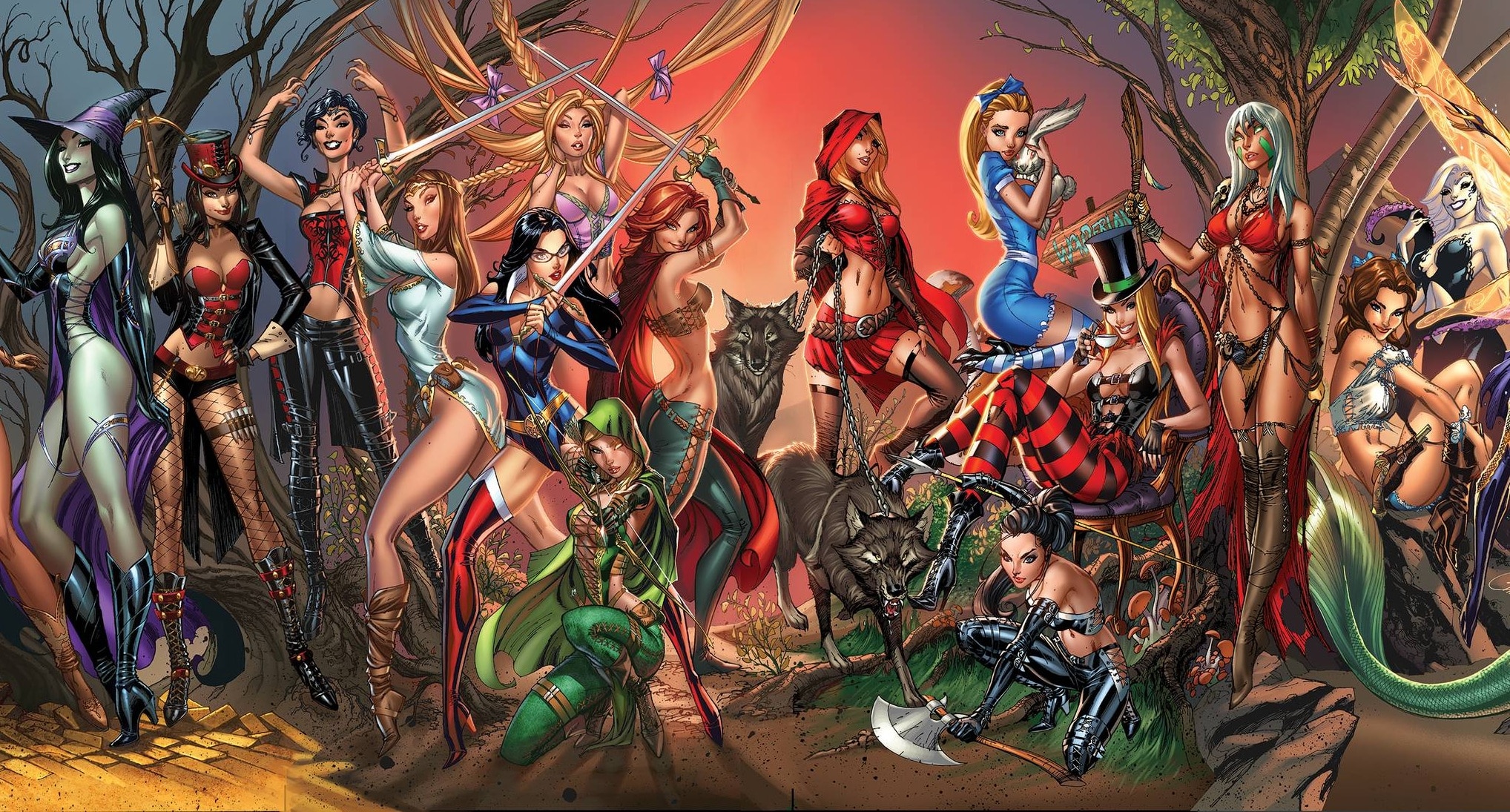Tyler Boss is an award winning cartoonist and creator of Dead Dog’s Bite, out this week. He sat down with CXF to talk about this long awaited title.
Zachary Jenkins: This book is billed as “Twin Peaks means Lady Bird”. We’ve seen from the pages released, a sense of unease already. With comics being a medium where the reader controls the pace of the story, how do you build that atmosphere?

Tyler Boss: With Dead Dog’s Bite I wanted to adopt some of the styling of a strip format cartooning, Peanuts specifically. I think everyone is hip to how smart Shultz’s cartooning is so I won’t go too into it, but what I took most was his presentation of suburban life. The repetitive fashion of the composition in each panel, creating a rhythm the reader can settle into, so when you break that rhythm it (hopefully) elicits a reaction from the reader. The book is a sort of small story dealing with feelings and emotions I think everyone deals with, so keeping the story-telling presentation to those constraints, of repetitive compositions and simple cartooning, I’m trying to engage the reader like they’re reading the Sunday funnies, while putting them in a setting that’s just a bit off. Like walking into a room that’s just slightly crooked.
ZJ: There’s a lot of formalism in the pages you’ve already released. Do you find playing around inside an established structure frees your mind to focus on the page in front of you or do you embrace the challenge of set limits? Or maybe a third, different thing?

TB: Part of doing this book was handling all the aspects of it, and so creating constraints helped me to not get overwhelmed by it. I also just love working inside of the grid, as I think there’s just so many opportunities with it. Not wanting to do this book in a strip format but wanting to adopt a lot of aspects of what strip cartooning does also just lends itself the grid.
ZJ: The coloring on the preview pages caught my eye. It’s drab, dull tans and browns except the otherworldly narrator. It’s flat tones, almost evoking an instructional diagram. What does this color scheme allow you to do creatively?

With the Narrator specifically I wanted him to be colored like an old Superman daily, so straight CMYK, and I liked the look of him contrasted against the more naturalistic coloring of the rest of the page. I think it also creates a sort of superficialness to him, that I wanted. The opening sequence of the book was drawn to sort of have the feel of an old Hollywood set, like a Hitckcock film and so it sort of creates this question for the reader of what’s real and what’s constructed.
ZJ: Back in the before times, you went about promoting this comic in an interesting way. One example was having a character break the fourth wall to pitch the book with blurbs from different creators. What drove you to this unique promo technique?

TB: There are so many stories being told across so many mediums and platforms it’s hard (impossible?) to get people’s attention, and a small indie book from some random dude is probably at the bottom of anybody’s give a shit list. The Snyder Cut exists for goodness sake. But I wanted to promote the book in a way that was hopefully a bit more fun than just “ look at what these kind people said about my book,” and in a way that is also sort of in line with what the content of the book is. Really grateful to all the creators who took the time to read the book and say something nice about it.
ZJ: This title was originally planed to come out nearly a year ago before the pandemic related unpleasantness. What’s changed about your approach to comics over the last year?
TB: It made me reevaluate what I wanted to do with comics. Living in Brooklyn and trying to scrape by drawing indie comics leads to only ever working and I was burning out bad. Taking some time off and thinking about not only what I wanted to do in comics but also with the rest of my time, led to some pretty big life changes. My wife and I moved to Buffalo, I started exercising daily and taking weekends off (sometimes). All the stuff people tell you to do and you think are bogus, we did and we’re much healthier and happier for it. And the work feels fun again.
ZJ: In what ways did this title challenge you as a creator? Looking back at this what are you most proud of?
TB: Handling all aspects of the process made me not wish to do it again for a little bit. It was really rewarding to do, but it is A lot of work. I guess I’m just most proud that I did it and didn’t throw in the towel. And really grateful to Dark Horse and my awesome editor Brett Israel for giving me the opportunity.
ZJ: What’s next for Tyler Boss?

TB: I think I’m going to eat a cheeseburger and then I have to get back to drawing What’s The Furthest Place from Here? with Matthew Rosenberg. I’m also writing a football comic with Tom Reilly who is drawing it. Why are all the good names for football stories taken already?
Zachary Jenkins co-hosts the podcast Battle of the Atom and is the former editor-in-chief of ComicsXF. Shocking everyone, he has a full and vibrant life outside all this.






